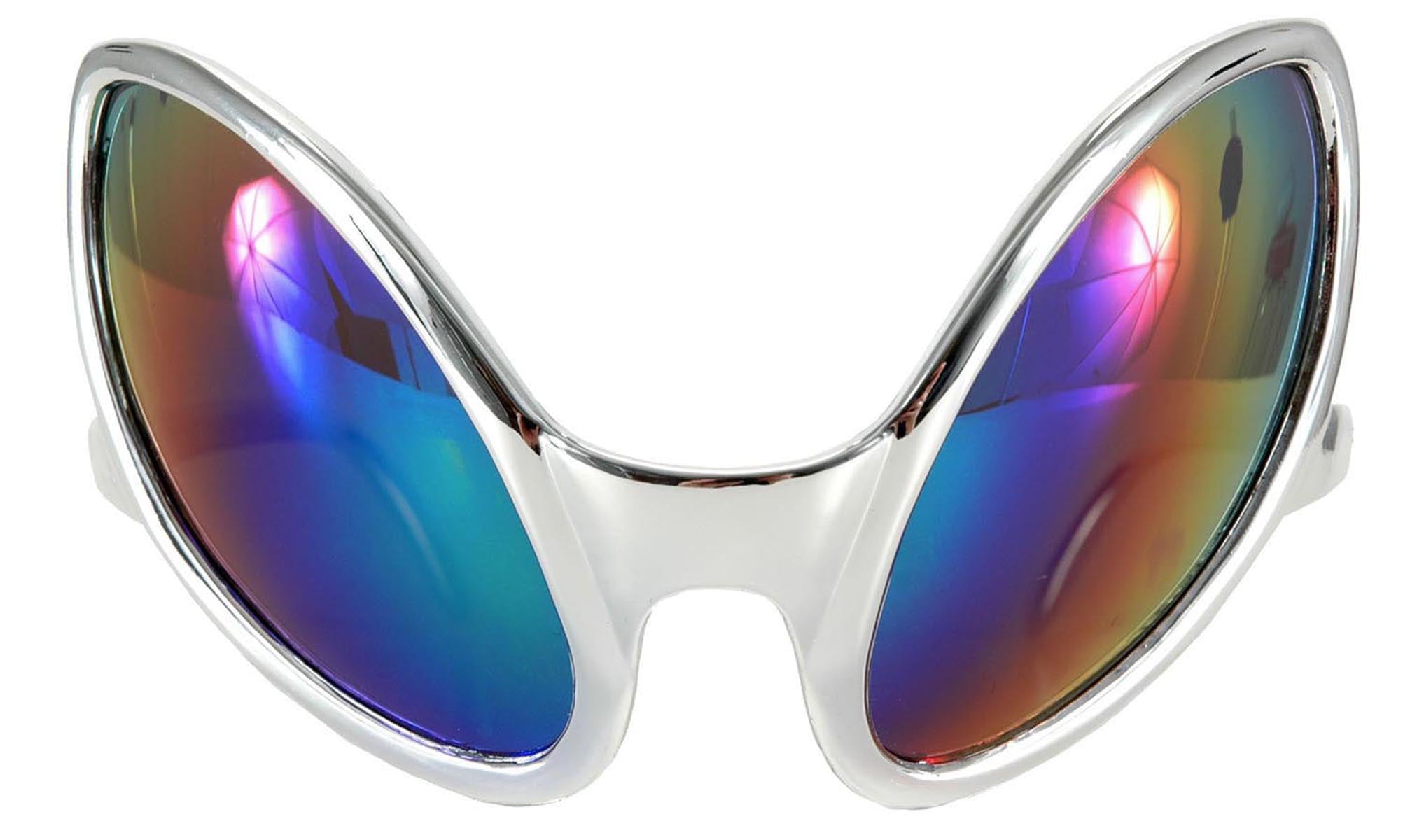

When placed on the page, this type of magnifier is automatically in focus for reading. The simplest device for reading is the stand magnifier. The most common devices in this category include: Stand Magnifiers “Near” optical devices are used for close-up, detail viewing, such as reading, writing, and sewing.

Understand the potential and limitations of the device.
ONE EYE SPECTACLE HOW TO

The low vision service is incomplete unless you’ve been taught how to use the devices that have been prescribed for you. It’s also helpful to bring along samples of your everyday tasks, such as mail, bills, or needlework. It is extremely helpful to both you and your doctor if you can make a list of the tasks or activities that are most important to you and share that information with him or her when you have a low vision eye exam. Some doctors may recommend starting with one or two devices to see how you manage, and then adding additional devices as you become used to working with the devices you have. It’s recommended that you see an eye doctor who is a low vision specialist to determine the right types of devices that will help you with the everyday tasks you want to perform. Many persons with low vision can have 4-5 different devices to help with a range of everyday tasks. You may find that using low vision optical devices effectively is different from what you have been used to in the past, when a single pair of glasses did everything-helping you to see at distance, intermediate, and up close.

In addition, you may need several different optical devices to help with a variety of everyday tasks you want to do. If you have low vision, your standard prescription eyeglasses are usually no longer sufficient to help with distance and near tasks. Your doctor may also recommend sunglasses to reduce glare, protect your eyes from ultraviolet (UV) and blue light, and enhance your ability to see more clearly in different lighting conditions. Therefore, your eye doctor may prescribe several different low vision optical devices for various tasks: One or two devices for reading, another for watching television and seeing faces, another for seeing the computer screen, and yet another for sewing. You can think of them as being similar to “tools” that are used to build a house-different tools for different tasks. Low vision optical devices are task-specific. Because these devices can provide greatly increased magnification powers and prescription strengths, along with higher-quality optics (i.e., the way the lens bends or refracts light), they are different from regular glasses and commercially available magnifiers. Low vision optical devices include a variety of devices, such as stand and hand-held magnifiers, strong magnifying reading glasses, loupes, and small telescopes. Increasing the Benefits of Low Vision Optical Devices What Are Low Vision Optical Devices? Tips for Using Magnifiers and Magnifying Reading Glasses


 0 kommentar(er)
0 kommentar(er)
